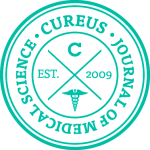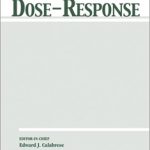Menachem Oberbaum, George Vithoulkas, Robbert Van Haselen
Clinical Trials of Classical Homeopathy: Reflections on Appropriate Research Designs
JCAM, 2003, 9 (1), 105-111

The growing popularity of complementary medicine has been accompanied by a call for controlled clinical studies to examine the efficacy and validity of its various methods. The difficulties encountered in applying the evaluation methods of conventional medicine to complementary medicine are the result of the different paradigms underlying these two methods of medicine, and the differences in the healing process. This paper attempts to bridge the gap between these two approaches and to suggest a possibility to use conventional research methodology in clinical studies of classical homeopathy. Two methods are described. One is the randomization into a placebo or a treatment group after an individual remedy is chosen for each patient. This method requires an experienced homeopath and is reproducible only by the same homeopath in the same population. On the other hand, the expected success rate will be high. Another method is prescribing and treating according to so-called keynotes, a set of symptoms known to respond to a particular remedy that must be present in a patient in order to elicit a reaction from the remedy. This method is more suitable to a conventional design of a clinical study and is reproducible by anyone. Yet the expected success rate is much lower. Some general design issues that may have a particular impact on clinical trials of classical homeopathy are discussed, including the need for sufficiently powered trials to detect relatively small effects, strategies to deal with patient preference and embracing the use of "active-control" pragmatic trial designs.







